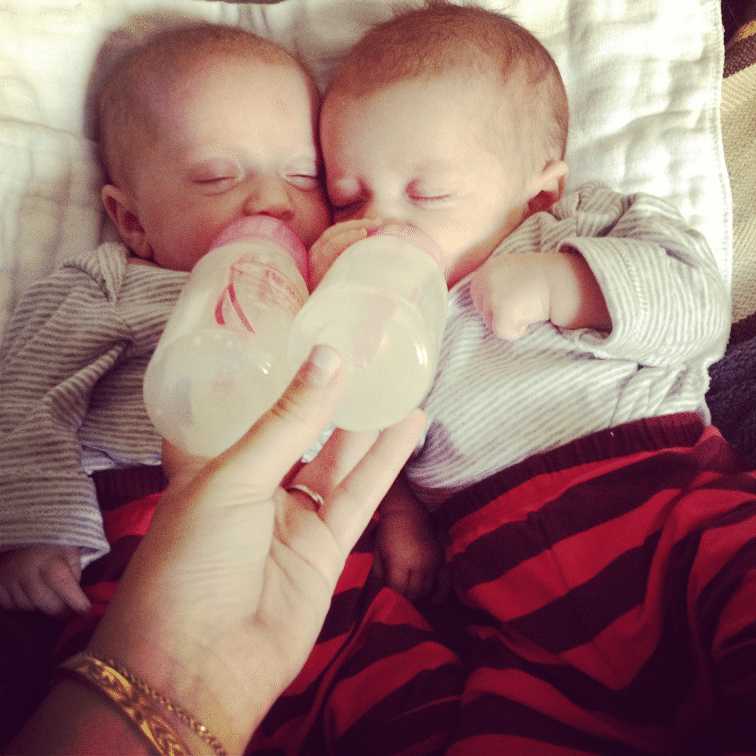Last updated on February 13th, 2024 at 12:35 pm
Sometimes it’s difficult to imagine what it looks like to have two babies growing inside, where that extra growing space is going to come from, what life with two infants will be like. When I was pregnant with my twins, people had loads of questions for me. One of the questions I got asked regularly was, “Are you going to breastfeed?” (If you think this is a personal question, just wait until the babies come!) Although these were my first babies, and I had no prior experience with breastfeeding, I always responded confidently with, “I’m going to try!” Hey, I even got the My Brest Friend pillow for twins. I was serious. This giant pillow conjures up images of “Supermom” feeding two babies at once. Or, “Miserablemom” feeding babies around the clock, nonstop. Either way, I understood the health benefits of breastfeeding and I was prepared to tackle the challenge of feeding twins.
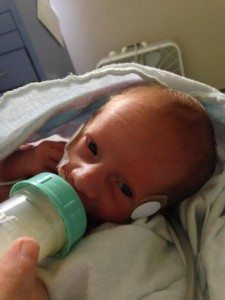
My girls arrived 7 weeks early (33 weeks and 3 days) and we were not surprised. We had been preparing for their arrival (on hospitalized bedrest) since week 26. The girls went straight to the NICU and after recovery I was set up with a hospital grade breast pump. The nurse and lactation consultant showed me how to use the breast pump, and I began to pump every 3 hours – even when nothing came out. Everyone kept reassuring me, “your milk will come in in a day or two!” But it didn’t. My husband and I were celebrating little bits of colostrum; and teeny amounts of breast milk were rushed upstairs to the NICU as a huge victory.
I was discharged from the hospital five days after I had the babies. I rented a Medela hospital grade pump for home and continued my regimen of pumping every three hours. I followed the advice of nurses and lactation specialists, making sure to eat lots of protein, drink water, and continue pumping consistently. During this time, I pumped ½ to 1 ounce of milk (2 if I was lucky) every three hours. That is clearly not enough to feed one baby, let alone two. Twice a day I carted this “liquid gold” to the NICU in a small ice chest. No matter it was a tiny amount — I wanted those little babies to have it.
When the babies were strong enough, the NICU nurses let me try to breastfeed. To my disappointment, the babies were never able to get much milk and had already developed a preference for the bottle. After several visits with different nurses and lactation specialists, one finally asked me the right question. She said, “By any chance, do you have PCOS (Polycystic Ovarian Syndrome)?” When I answered yes, the specialist said, “Aha, that explains it!” Unfortunately, this is where I learned yet another complication and obstacle of being a PCOS girl. I had already tackled the acne, excessive hair growth, migraines, raging hormones, and infertility struggle. Now I had a low milk supply and PCOS was to blame! I was frustrated, but at the same time relieved to know that there was a name and a reason. I was trying, trying, trying – investing my heart, my body, and my time to do what was best for my babies and it wasn’t working.
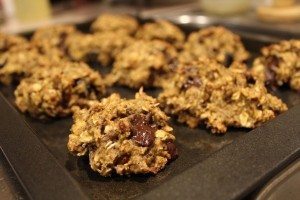
The specialist gave me some tips which I followed faithfully. I began taking a supplement called Fenugreek a few times a day (it made me smell like maple syrup!), I drank Mother’s Milk lactation tea, my grandma made me special lactation cookies (Okay, that part I didn’t mind. They are basically just delicious cookies with permission to eat lots of them), and I even drank a little beer right after pumping, which is supposed to boost milk production. Even with all of this effort my milk production stayed the same. I pumped and supplemented with formula for 7 weeks before I decided to quit. It was just so much effort for so little result. Once the babies came home, I had to feed them (which was a 30 minute ordeal) then pump (which was another 15-20 minutes). Two hours later it was time to start all over again. When I gave myself permission to stop pumping my life became suddenly easier. I could spend more time enjoying the babies, and less time stressing over milk production, pumping, tending to blisters on my breasts, and cleaning the pump attachments. If my milk came in as it should have, would I have continued to pump/breastfeed? Absolutely. However disappointing it was, this just wasn’t something my body wanted to do.
My babies are now 10 months old. They are healthy, strong, and incredible little miracles. The My Brest Friend twin pillow sits tucked away in a closet. Somebody wise once said, “Becoming a mother is like discovering the existence of a strange new room in the house where you already live.” It’s familiar, new, strange, challenging, and full of love. You will give yourself completely so that they can have the very best. Just remember to listen to your body, trust your instincts, and be flexible — that is what is best for your babies.
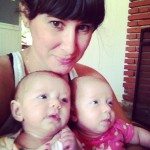
Rachel Brehm, mother to 7-month-old fraternal twin girls, blogs regularly on eating disorder awareness and insurance denials for eating disorder treatment. Brehm writes for an Insurance Law Blog as well as an Eating Disorder Law Blog (rated as one of Top 25 Eating Disorder Blogs of 2012) focusing her writing on insurance advocacy, insurance coverage, body image, eating disorder recovery, and weight stigma. As a new contributor to Twiniversity.com, Brehm plans to shift her writing on body image issues in the insurance world to include body image issues in the mommy world. Brehm’s writing will address navigating pregnancy and postpartum with eating/body image issues as well as her experiences raising twin girls-and all the “twin moments” that go along with it.
Related Articles
- It Wasn’t My Choice to Stop Breastfeeding
- My Journey to Breastfeed NICU Twins
- Postpartum Hypothyroidism: How It Led to Depression and Lactation Problems
Are You a New Twin Parent?
Check out Natalie Diaz’s book:
“What To Do When You’re Having Two
The Twin Survival Guide From Pregnancy Through the First Year”
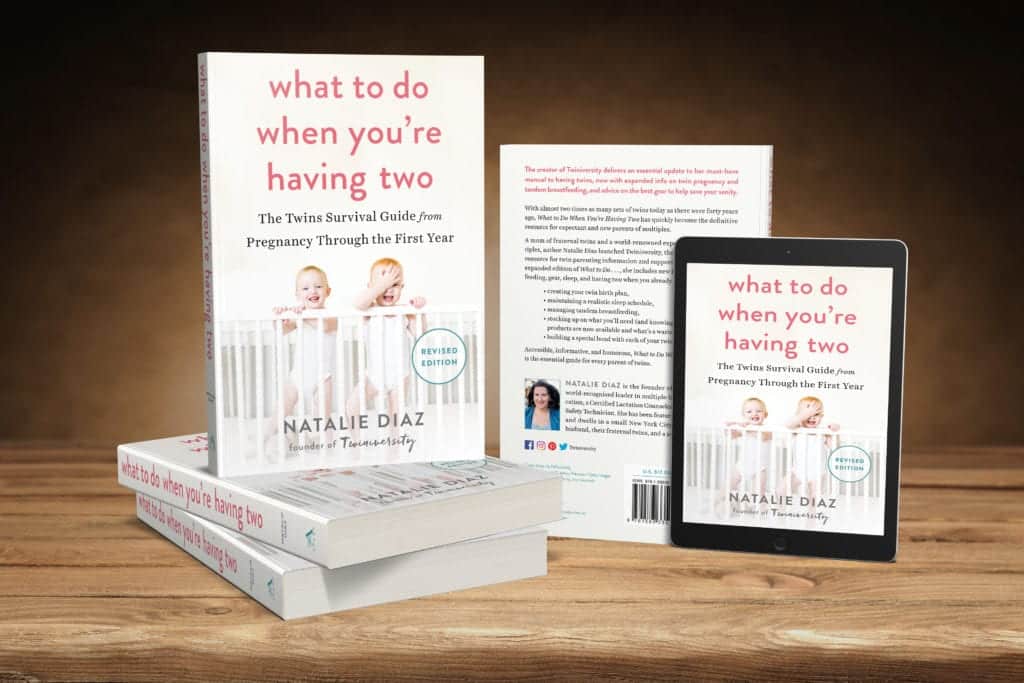
In What to Do When You’re Having Two: The Twins Survival Guide from Pregnancy Through the First Year, national twins guru and founder of Twiniversity (and twin mom herself!) Natalie Diaz provides a no-holds-barred resource about life with twins, from pregnancy and birth all the way through your duo’s first year of life.
Accessible and informative, What to Do When You’re Having Two
is the must-have manual for all parents of twins.

